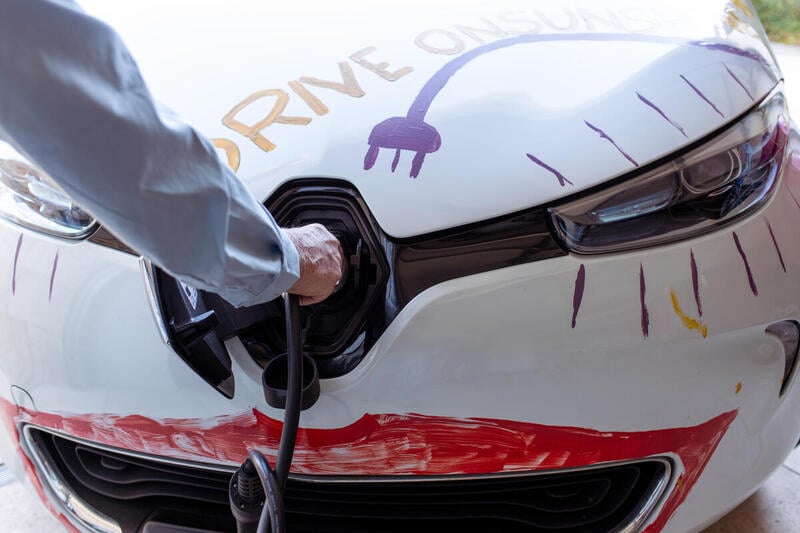TOKYO – Greenpeace East Asia campaigner Mariko Shiohata said:
“It is encouraging to see that one of the four main themes of this year’s Japan Mobility Show is ‘carbon neutrality.’ More than two dozen companies held exhibitions under this theme.
Unlike other legacy automakers, Toyota has showcased few technologies related to electrification. Toyota’s decision to focus on hydrogen and carbon neutral fuel technologies at the mobility show is telling.
It is widely understood that the use of hydrogen to power vehicles is not aligned with global net-zero goals and risks distracting from the solutions that we already have today, such as battery electric vehicles (BEVs). The IPCC has been clear that BEVs are the most effective way to decarbonise the passenger transport sector. [1] If Toyota pays regard to science, it should recognise that it is not efficient to make green hydrogen out of renewable electricity at this time. It is expected that clean hydrogen will become increasingly available in the future, but it should be used for ‘hard-to-electrify’ sectors such as heavy-duty trucking, shipping, aviation, and iron and steel, not for passenger vehicles.
As the global annual average temperature increase approaches 1.5 Celsius, we are experiencing record-setting heat waves, drought and hurricanes. Toyota is responsible for at least 1.5% of global emissions. The time left for the auto sector to reverse course is limited and precious. Electric vehicle technology has been established. We must take the shortest path to the decarbonisation of the transportation sector.”
END
Notes
[1] IPCC 2023 AR6 Synthesis Report, Summary for Policymakers, p.29 https://www.ipcc.ch/report/ar6/syr/downloads/report/IPCC_AR6_SYR_SPM.pdf
Media Contact
Erin Newport, International Communications Officer, Greenpeace East Asia, +886 958 026 791, [email protected]



